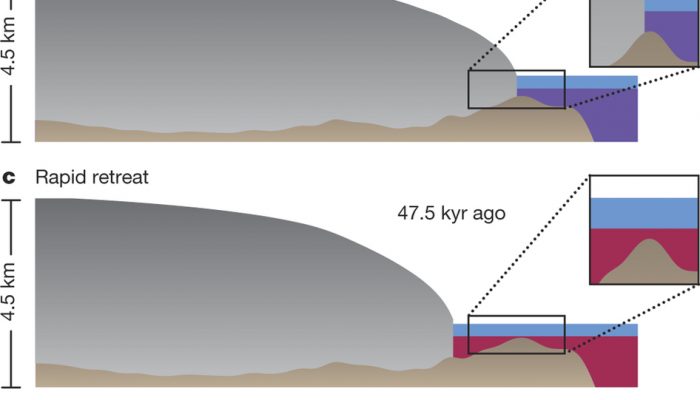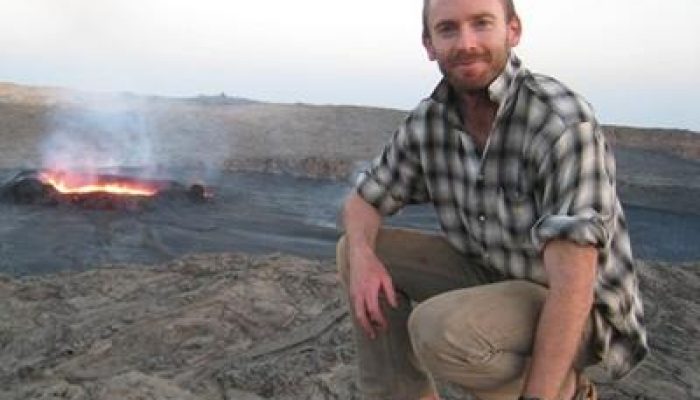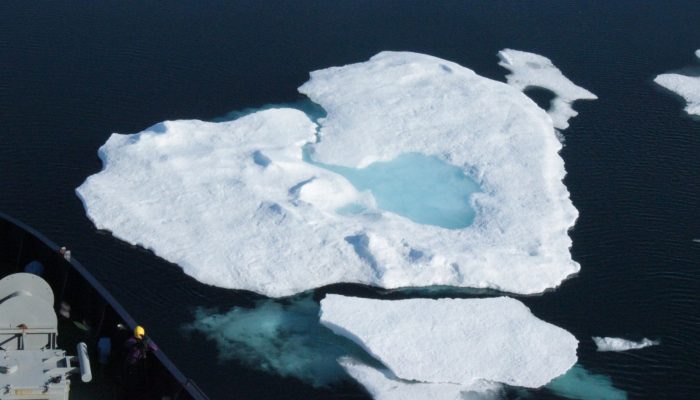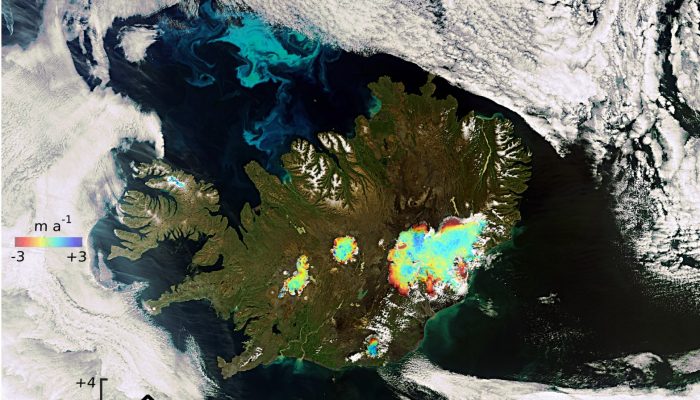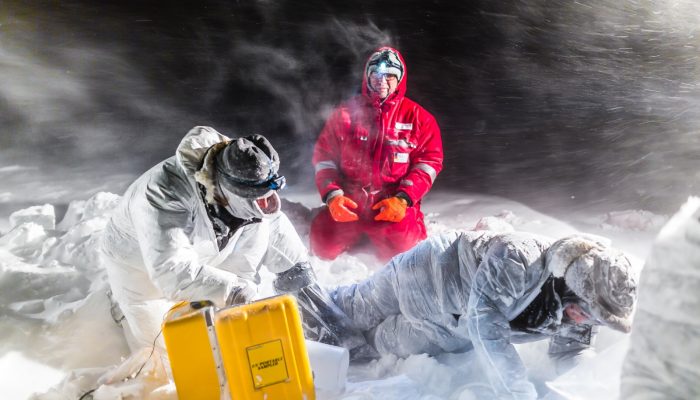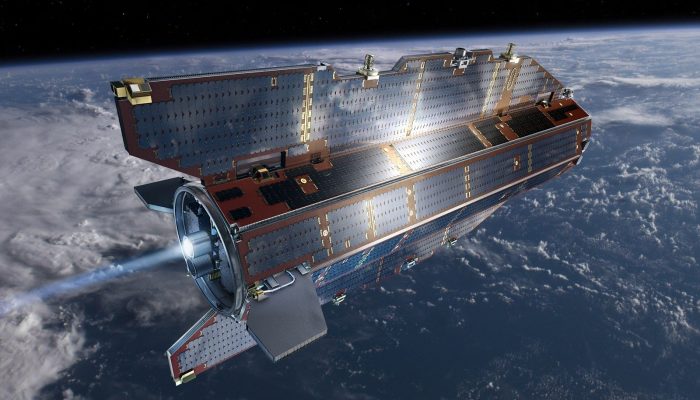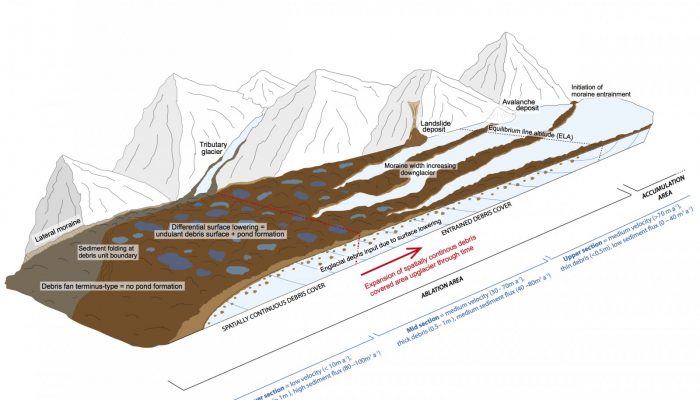During the last glacial period (~110,000-12,500 years ago) the Laurentide Ice Sheet (North America) experienced rapid, episodic, mass loss events – known as Heinrich events. These events are particularly curious as they occurred during the colder portions of the last glacial period, when we would intuitively expect large-scale mass loss during warmer times. In order to understand mass loss m ...[Read More]
Geomorphology
EGU mentoring programme 2017
– by Susanne Buiter TS Division President – EGU is launching a mentoring programme at its 2017 General Assembly for novice conference attendees, students, and early career scientists. The programme aims to facilitate new connections that may lead to long-term professional relationships within the Earth, planetary and space science communities. We anticipate the programme to be a rewar ...[Read More]
Seismology
Paper of the month — The origin of volcano-tectonic earthquake swarms by Roman and Cashman (2006)
We are pleased to propose you a new Paper of the Month written by Dr. Derek Keir on volcano seismology. Derek’s PhD thesis was on the “Seismicity of the Ethiopian rift” and conducted at Royal Holloway University of London under the supervision of Prof. Cindy Ebinger and Prof. Graham Stuart of the University of Leeds. Towards the end his PhD studies, the Dabbahu rifting episode started (September 2 ...[Read More]
Cryospheric Sciences
Image of the Week — The ice blue eye of the Arctic
“Positive feedback” is a term that regularly pops up when talking about climate change. It does not mean good news, but rather that climate change causes a phenomenon which it turns exacerbates climate change. The image of this week shows a beautiful melt pond in the Arctic sea ice, which is an example of such positive feedback. What is a melt pond? The Arctic sea ice is typically non-smooth, and ...[Read More]
Geomorphology
11th Intern. Young Geomorphologists’ Workshop 2017, 19.-21. May 2017, Ammersee, Germany
This year, the Young Geomorphologists from Germany invite all interested young researchers / students in geomorphology and related fields to join the 11th international Young Geomorphologists’ workshop at Ammersee, Germany, held from 19th-21st May 2017. The venue is located at a lake ca. 1 hour southwest of Munich. In a mixture of oral presentations, posters, a keynote and a short fieldtrip, ...[Read More]
Cryospheric Sciences
Image of the Week – Icelandic glaciers monitored from space!
Located in the North Atlantic Ocean, just south of the polar circle, Iceland is a highly fascinating land. Covered by some of the largest glaciers in Europe and hosting active volcanoes, geothermal sites and subglacial lakes, it is extremely dynamic in nature and ever changing. With this Image of the Week we will tell you a bit about the changing ice caps of Iceland and how we can monitor them fro ...[Read More]
Cryospheric Sciences
Image of the Week – Apocalypse snow? … No, it’s sea ice!
Sea ice brine sampling is always great fun, but sometimes somewhat challenging ! As sea water freezes to form sea ice, salts in the water are rejected from the ice and concentrate in pockets of very salty water, which are entrapped within the sea ice. These pockets are known as “brines”. Scientists sample these brines to measure the physical and bio-geochemical properties, such as: tem ...[Read More]
Tectonics and Structural Geology
Minds over Methods: Sensing Earth’s gravity from space
How can we learn more about the Earth’s interior by going into space? This edition of Minds over Methods discusses using satellite data to study the Earth’s lithospere. Anita Thea Saraswati, PhD student at the University of Montpellier, explains how information on the gravity of the Earth is obtained by satellites and how she uses this information to get to know more about the lithospe ...[Read More]
Cryospheric Sciences
Image of the Week – Supraglacial debris variations in space and time!
There is still a huge amount we don’t know about how glaciers respond to climate change. One of the most challenging areas is determining the response of debris-covered glaciers. Previously, we have reported on a number of fieldwork expeditions to debris-covered glaciers but with this Image of The Week we want to show you another way to investigate these complex glaciers – numerical modelling! Deb ...[Read More]
Geodesy
EGU’s Geodesy Division needs a new early career scientist voice
In the run-up to the general assembly in 2017, The geodesy division is looking for a fresh early career scientist (ECS) to take over the role of the ECS-representative. But what comprises being an ECS-representative? And where can you sign up? Early career scientists represent a significant share of the EGU general assembly attendees. It is therefore desirable to involve this group not only as par ...[Read More]

